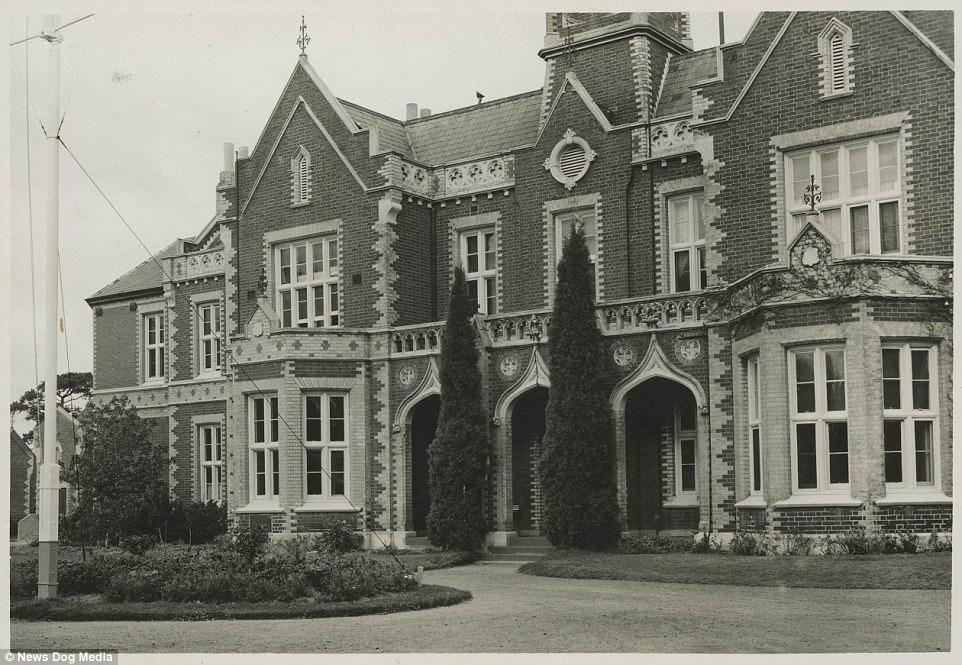The Magdalen’s Commentary:
I can still remember the misery of sleeping in that cold, dark room; the pastor and his cold, dark demeanor; the pallet and its cold, dark memories. The reformation home was so dreary and ominous, yet my memory recalls every moment from my time there. At times, the memories are difficult to reminisce upon, but each miserable memory has taught me a valuable lesson of perseverance and dedication. I shall always remember the overwhelming darkness of the room from the reformation home. The floor: wet; the walls: cold; the ceiling acting as the lid to a container, trapping me inside; however, despite the eeriness I felt within those walls, I felt a sense of security. The walls served a double purpose; they held me captive from the outside world, but they also separated the judgmental tendencies of the outside world from me. The memories of the pastor from the reformation home remind me of the sins I had committed—the incredible debt that I owed to God—but they also remind me of the misery that I have overcome to grow into the woman I am today. The pallet bed, albeit uncomfortable, was certainly a safe space for me. When I felt as though I had nowhere to go to escape the constant judgment I faced, the pallet bed was a sacred place where peace and quiet were plentiful. This photo of the reformation home itself serves as an eternal reminder of the nightmares I experienced during my stay there; the memories associated with it serve as a constant reminder of the pain and suffering I endured on the path to who I have become, but they also serve as a reminder for the progress I have made since my mistake. I have grown wiser as a result of all three of the things pictured, and for that I am forever grateful.
Editorial Commentary:
This entry into the Magdalen’s Commonplace Book demonstrates her attempts to make a good situation out of a bad one. Her time in the reformation home seemed truly traumatic according to the entry, yet she was able to find optimism in the midst of the darkest moments of her life. Prostitution in this time period was often referred to as “The Great Social Evil” (Fraser), and prostitutes were often shunned and ostracized from society. Most prostitutes were taken to reformation homes, where a pastor would cleanse them of their sins before sending them back out into society; however, many of these reformed prostitutes would never be truly accepted again. In this historical context, it becomes obvious that the Magdalen’s situation was hellish. She was essentially placed in an asylum, yet she managed to find optimism and hope. She saw her pallet bed not as a terrible living situation, but as a safe space from the judgment of the outside world, much like she saw the walls as a divider between herself and the outside world; she saw the pastor as a guide to succeeding after prostitution rather than a slave-master of sorts. In the midst of truly horrific living conditions, it is incredible to see that the Magdalen was able to maintain a positive outlook; in fact, as a result of her optimism, I would not be surprised if she went crazy in that reformation house. In other words, she was manipulated into thinking that she was in a better situation than she actually was. Insanity amongst reformed prostitutes was rather common in the 19th Century (Wallis), which provides even more reason to believe that this Magdalen was insane at the time of this entry.
Citations:
Editors, W. (2021, March 27). History of prostitution. Retrieved April 07, 2021, from https://en.wikipedia.org/wiki/History_of_prostitution
Fraser, J. (n.d.). Prostitution and the Nineteenth Century: In Search of the 'Great Social Evil'. Retrieved April 07, 2021, from https://warwick.ac.uk/fac/cross_fac/iatl/reinvention/archive/volume1issue1/joyce
Wallis, A. (2019, July 25). The disorderly Female: Alcohol, prostitution and Moral insanity in 19th-century Fremantle. Retrieved April 18, 2021, from https://www.tandfonline.com/doi/abs/10.1080/14443058.2019.1638815?journ…


